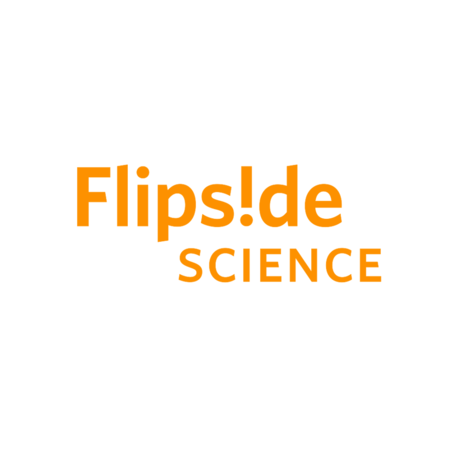Grade level: 6-10
Length: 5.5 minutes
NGSS Disciplinary Core Ideas: MS-ESS2.A, MS-ESS3.A, MS-ESS3.C, MS-PS3.A, MS-ETS1.1
In this video, we'll explore some of the clean and green technologies that exist for generating renewable energy. Below are discussion questions you can use in the classroom in conjunction with this video to pique your students' curiosity.
